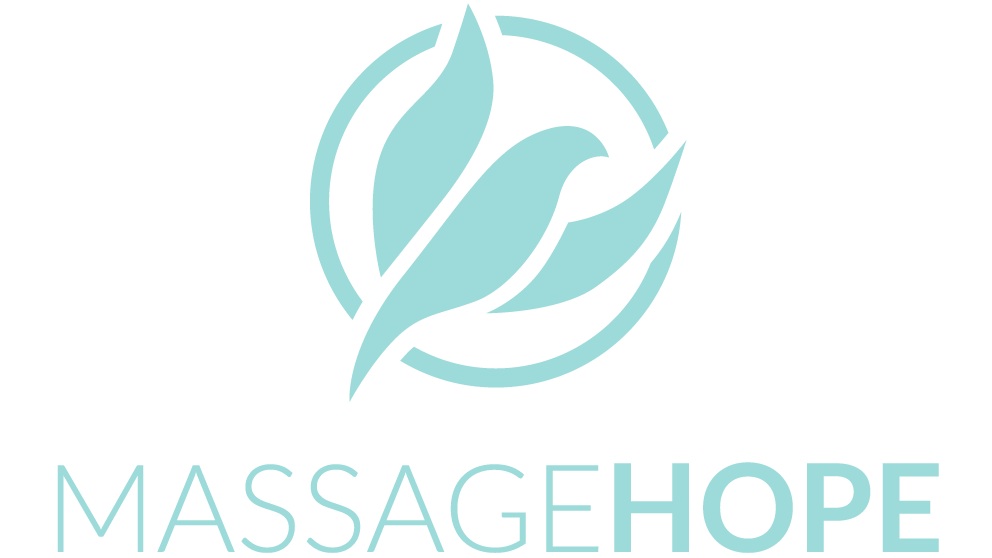This week we are going to introduce you to another muscle group that is essential for athletes of any kind: Your Posterior Chain! This group includes muscles in your upper back as well but we are just going to go over lower back, butt (gluteal muscles) and hamstrings. These muscles are the prime movers that create forward propulsion, meaning they are at the start of any movement forward, such as running, jumping, lifting, swimming, walking and many, many other actions. Athletic success can be improved by understanding and strengthening the posterior chain. So let’s dive in and get to know them!
The Gluteus Maximus
Your Gluteus Maximus is the large muscle of all the gluteal (buttock) muscles, and it is also the largest muscle in the human body. Yup, your butt will always be biggest, and that’s good thing when it comes to being stronger and faster, if you need a second opinion, just ask Sir Mix-a-Lot, he’ll agree! The gluteus maximus attaches at the back of the iliac crest (hip), runs along the lateral (outside) edge of the sacrum and coccyx (tailbone) and wraps laterally across the pelvis to the back of the femur and the IT band, which we covered last week. When it contracts it extends, laterally rotates, abducts and also adducts the thigh at the hip joint. When you take a step forward, it's the contraction of the planted leg that moves you forward or up. It contracts only when forceful extension is required like when running, jumping or climbing stairs. It is also a key muscle in movement pattern involved in any skating style of movement, like ice hockey, speed skating or rollerblading. (Muscolino, The Muscular System Manual) With so many movements and actions the gluteus maximus and gluteal group create and stabilize, its easy to see why keeping this muscle fit and healthy is important.
The lower back and QL
The quadratus lumborum (QL) is an often overlooked muscle. It is deep in your lower back. It attaches at the 12th rib and along L1-L4 vertebra to the top of the iliac crest. It works to elevate the pelvis (hiking up your hip) and extend the back at the spine and also flex the truck to the same side. Because it also works to stabilize the 12th rib, it plays a role in breathing allowing deeper and fuller breaths. Tightness in this muscle can raise one side of the pelvis higher than the other, or tilt the pelvis too far forward (anterior tilt) creating an imbalance leading to other problems. Therefore it is important to stretch and get massaged in this area and the other low back muscles. Also, keeping a strong core will help to balance the hip and trunk.
And now, The Hamstrings!
You hamstrings are the muscles in the back of your upper leg. They attach at the ischial tuberosity (think of your bony butt bones when you sit, or sits bone in yoga) and run along the back of the leg across the knee joint to the tibia. A group of 3 muscles that work together to extend the thigh at the hip joint and also flex the leg at the knee (bend the knee to bring your heel to your butt) They are more powerful however at the hip. They also posteriorly tilt the pelvis. This is why we often find a tight hamstring leading to lower back pain. The hamstrings will pull the pelvis down and the QL is pulling up at the top. If one is compromised or overworked the other will feel it too! This is an important muscle as in helps to propel you forward and pulls the leg up while running.
Overall, all these muscles of the posterior chain all work together to aid in being a total badass in your sport of choice and life in general! Everything is connected when it comes to muscles. All of the therapists here at Massage Hope are trained in sports massage and are ready to help forge a healthier, faster, stronger, more badass you!!
As always if you have questions about this post, sports massage or massage in general, please feel free to call us 703-858-2323 or email Kirsten@massagehope.com
Thanks for Reading
*source Muscolino, The Muscular System Manual



